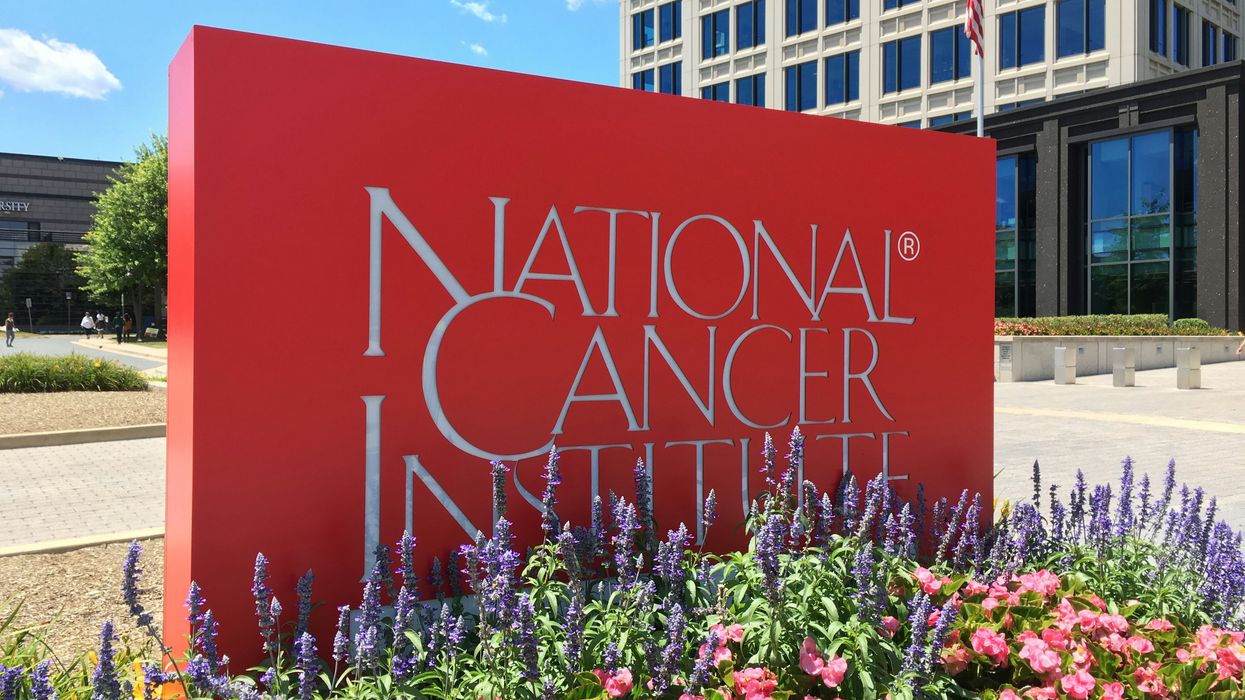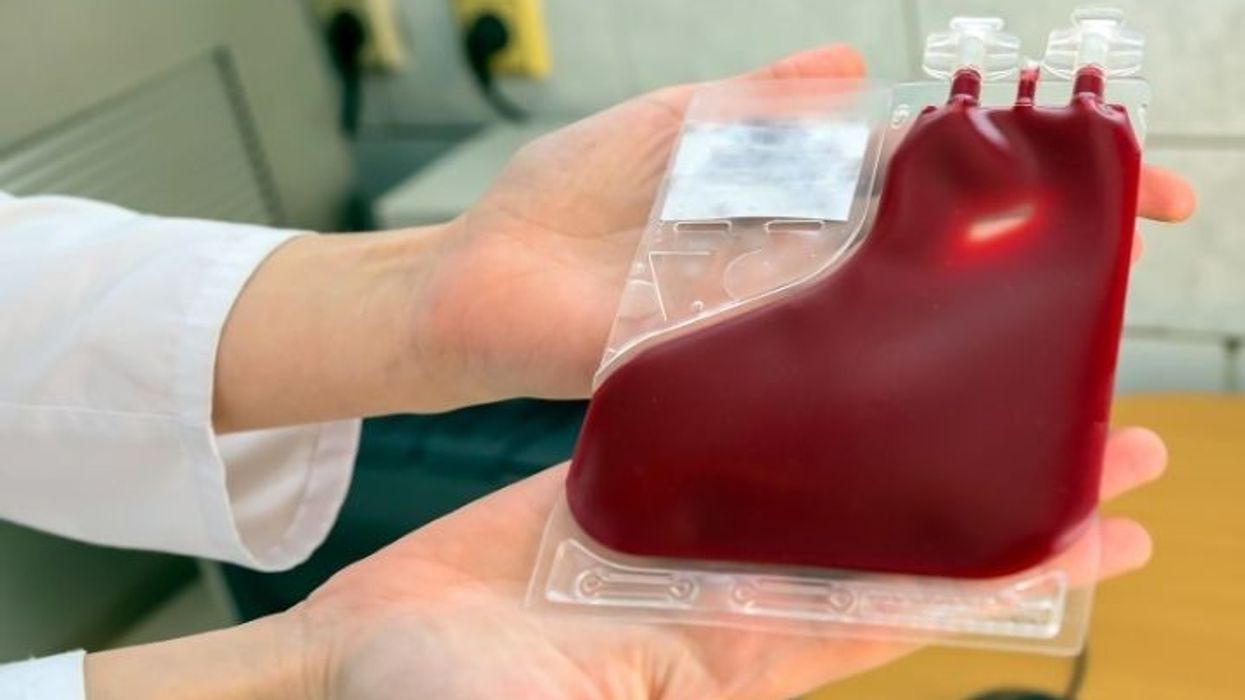If you’re feeling overwhelmed and unsure where to turn, you’re not alone. Many people find themselves struggling with similar feelings at some point in their lives. It’s important to know that help is available, and it’s okay to ask for support.
– Call 911
– Contact the National Suicide Prevention Lifeline at 1-800-273-TALK (1-800-273-8255)
– Text “HELLO” to 741741 to communicate with a crisis counselor immediately.
Mental health is a critical aspect of overall well-being, yet it is often surrounded by misconceptions and stigma. Dispelling these myths is essential for fostering understanding and encouraging individuals to seek necessary support. What are some prevalent mental health myths? What are the truths based on scientific research and expert insights?
Myth 1: Mental Health Problems Are Rare
Reality: Mental health issues are far from rare. The World Health Organization reports that one in four people worldwide will be affected by mental or neurological disorders at some point in their lives (WHO, 2021). This statistic underscores the prevalence of mental health conditions, highlighting the need for widespread awareness and resources.
Myth 2: People with Mental Health Issues Are Violent
Reality: Contrary to this common stereotype, individuals with mental health disorders are more likely to be victims rather than perpetrators of violence. A comprehensive review in the American Journal of Public Health found that the vast majority of people with serious mental illnesses are never violent (Fazel et al., 2014). Public perception needs to shift to reflect these realities and reduce the stigma that isolates many individuals in need of support.
Myth 3: Mental Health Problems Are a Sign of Weakness
Reality: Mental health conditions are not a reflection of a person’s character or strength. Like any other health condition, they result from a complex interplay of genetic, biological, environmental, and psychological factors. Recognizing mental health issues as legitimate medical conditions can help reduce stigma and encourage those affected to seek help (Mayo Clinic, 2019).
Myth 4: Therapy Is Ineffective Compared to Medication
Reality: Therapy is a vital tool for mental health treatment and, for many conditions, can be as effective as medication, sometimes more so. Studies show that therapies like cognitive-behavioral therapy have long-lasting benefits for treating conditions such as depression and anxiety (Hofmann et al., 2012). Therapy provides strategies for individuals to cope with their condition and can improve quality of life through personal growth and self-understanding.
Myth 5: Mental Health Issues Are Adult Concerns
Reality: Mental health disorders can affect individuals of all ages, and the symptoms in young people should be taken seriously. Early intervention is crucial and can lead to better long-term outcomes. According to the National Alliance on Mental Illness, half of all lifetime mental health conditions begin by age 14 (NAMI, 2020). Treating mental health conditions early can prevent more severe, lasting problems.
Myth 6: People with Mental Health Problems Can’t Handle Work or School
Reality: Many individuals with mental health conditions can manage their symptoms and are capable of succeeding in professional and academic settings. Proper treatment and accommodations can enable people to work and learn effectively. The Americans with Disabilities Act (ADA) supports this, ensuring rights and accommodations in the workplace for those with disabilities, including mental health conditions (ADA, 1990).
Myth 7: There Is No Hope for Recovery
Reality: Recovery is not only possible but expected with the right treatment and support. Each individual’s recovery process is unique, involving personalized treatment plans that can include medication, therapy, and support systems. The narrative that recovery is impossible is both false and harmful.
Demystifying mental health is crucial for building a society that supports mental wellness and encourages individuals to seek help. By confronting these myths with facts, we can contribute to a more informed and compassionate world.
References
- World Health Organization (WHO). (2021). Mental disorders.
- Fazel, S., et al. (2014). Mental illness and reduction of gun violence and suicide: bringing epidemiologic research to policy. American Journal of Public Health, 104(5), e22-e31.
- Mayo Clinic. (2019). Mental illness.
- Hofmann, S. G., et al. (2012). The efficacy of cognitive behavioral therapy: A review of meta-analyses. Cognitive Therapy and Research, 36(5), 427-440.
- National Alliance on Mental Illness (NAMI). (2020). Mental health by the numbers.
- Americans with Disabilities Act (ADA). (1990).
















